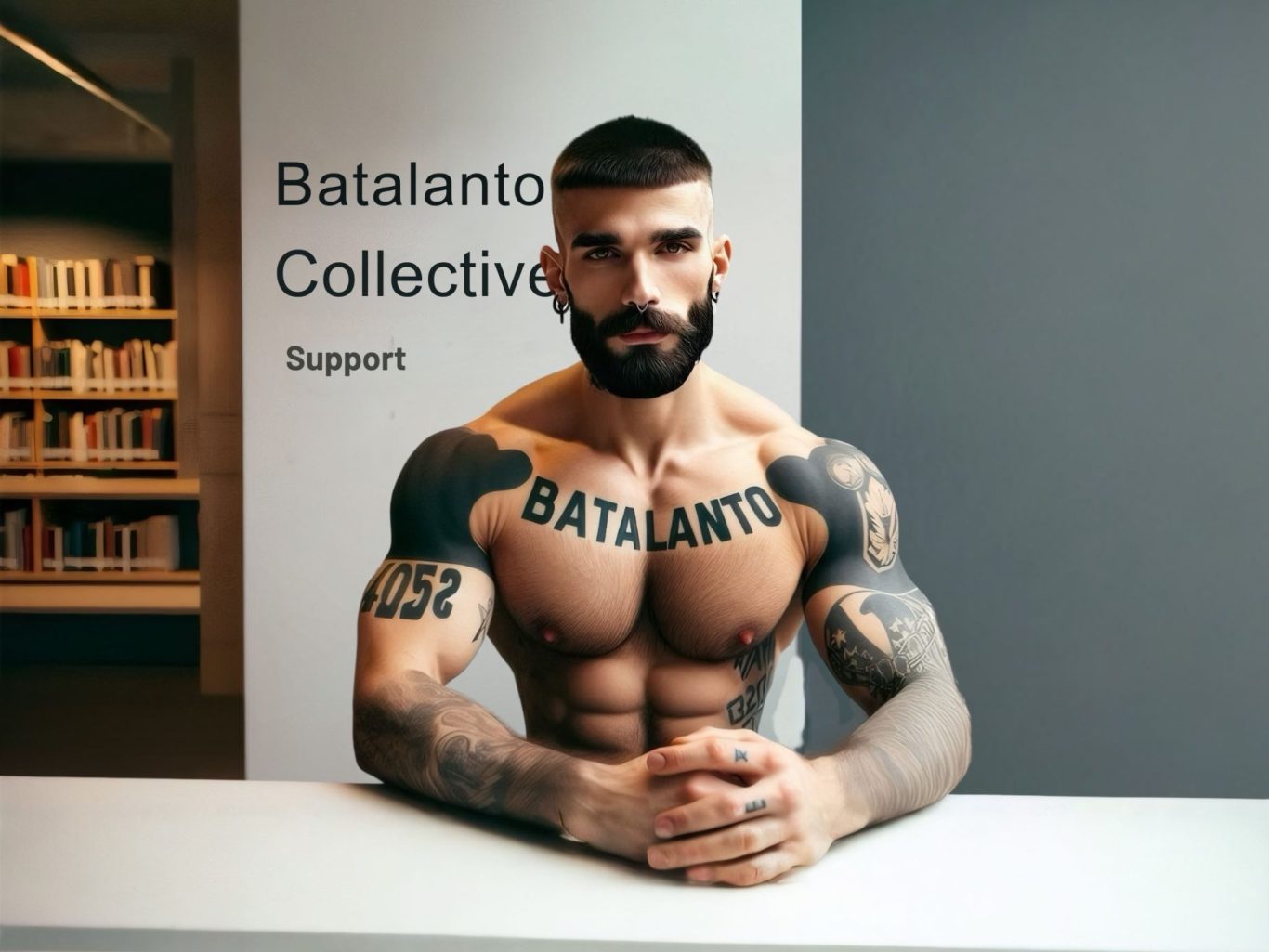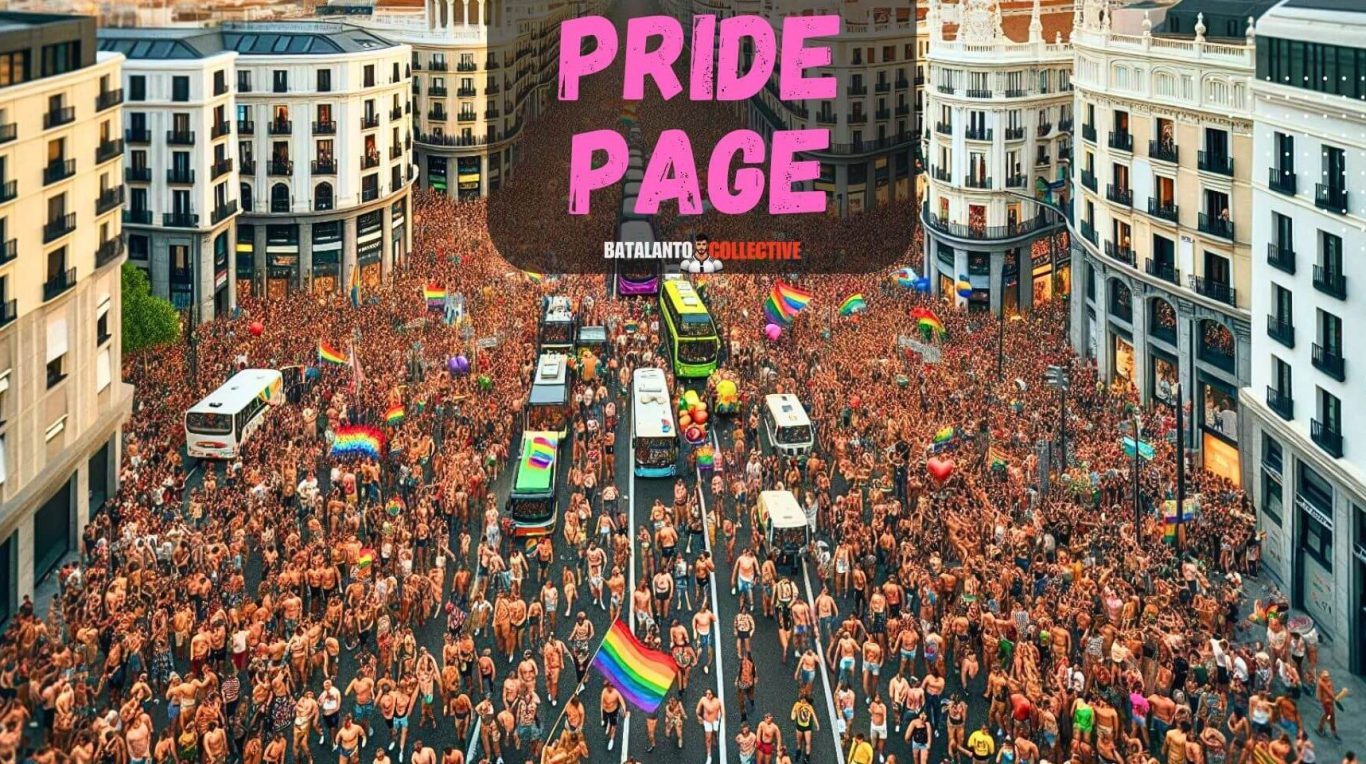Gay Prides in Europe
Celebrating Identity, Challenging Taboos, and Building Community
Gay pride events across Europe are more than just vibrant parades filled with music, glitter, and rainbow flags. They are celebrations of identity, acts of resistance, and spaces for connection. These events, often rooted in historical struggles for LGBTQ+ rights, hold unique significance in different cultural and social contexts across the continent.
But first the pride calendar!
Gay Prides in Europe
Celebrating Identity, Challenging Taboos, and Building Community
Gay pride events across Europe are more than just vibrant parades filled with music, glitter, and rainbow flags. They are celebrations of identity, acts of resistance, and spaces for connection. These events, often rooted in historical struggles for LGBTQ+ rights, hold unique significance in different cultural and social contexts across the continent.
Let’s explore the multifaceted nature of gay prides in Europe—how they have evolved, their cultural significance, and practical tips for embracing and participating in them.
The History and Evolution of Gay Prides in Europe
The first pride marches in Europe were inspired by the 1969 Stonewall riots in New York, which marked a turning point in the fight for LGBTQ+ rights. In the 1970s, cities like London and Amsterdam held their first pride events, often small and politically charged. Today, European prides range from massive festivals like Madrid’s WorldPride to smaller, community-focused events in towns where visibility is still a radical act.
Reflecting on Historical Struggles
- In countries with long histories of LGBTQ+ activism, such as the Netherlands or Germany, prides often highlight both progress and the ongoing fight for equality.
- In Eastern European countries like Poland and Hungary, pride events are often met with resistance, making them both a celebration and an act of defiance.
Cultural Significance: Beyond the Parade
While the parade is the centerpiece, gay prides are about much more than marching. They serve as platforms to celebrate diversity, foster visibility, and challenge societal norms.
- Celebrating Identity Prides are spaces where individuals can express their authentic selves, free from judgment. From extravagant costumes to quiet participation, every form of self-expression is valid.
- Challenging Taboos In many parts of Europe, LGBTQ+ visibility remains stigmatized. Prides challenge societal taboos, reminding everyone that LGBTQ+ rights are human rights.
- Building Community Prides are often the first place where LGBTQ+ individuals connect with others who share their experiences. For many, these events provide a sense of belonging and solidarity.
Prides and Social Dynamics: Addressing Tensions
- Inclusivity vs. Commercialization: As prides grow larger, some criticize their increasing commercialization. The involvement of major brands can feel like a double-edged sword—providing visibility but risking the dilution of activist roots.
- Intersectionality : Prides must also address the diversity within the LGBTQ+ community. Issues of race, gender, and socioeconomic status play crucial roles in ensuring that prides are truly inclusive.
- Resistance in Conservative Spaces: In countries like Russia or Turkey, where prides are banned or heavily policed, attending an event becomes a bold statement of resistance.
Practical Tips for Participating in Gay Prides
Before You Go
- Research the pride’s history and focus to understand its tone (e.g., celebratory vs. activist).
- Pack essentials: sunscreen, water, and comfortable shoes for the long day ahead.
While You’re There
- Respect personal boundaries—prides are safe spaces for everyone.
- If it’s your first pride, bring a friend or join a group for support and shared experience.
For Smaller or Conservative Prides
- Be aware of local laws and social attitudes.
- Follow organizers’ safety guidelines, especially in areas where LGBTQ+ rights are under attack.
Discussing Gay Prides with Friends and Family
For LGBTQ+ Individuals:
- Use prides as an opportunity to open up about your identity if you feel comfortable. Share why the event matters to you.
- Frame the conversation around pride as a celebration of love, equality, and community.
For Allies:
- Ask questions and listen. Prides are an excellent chance to learn about LGBTQ+ experiences and history.
- Show support by attending events or helping behind the scenes.
The Broader Cultural Impact of Gay Prides
Shaping Public Opinion
- Studies show that visibility at pride events can shift societal attitudes, making LGBTQ+ issues more relatable and reducing stigma.
Tourism and Local Economies
- Major prides, such as those in Madrid, Amsterdam, or Berlin, attract millions of visitors, boosting local economies and increasing LGBTQ+ visibility.
Inspiring Global Movements
- European prides often serve as inspiration for activists worldwide, showing how visibility and solidarity can create change.
Gay prides in Europe are as diverse as the continent itself, reflecting a spectrum of identities, struggles, and celebrations. Whether you attend a massive event like London Pride or a smaller march in Eastern Europe, the message remains the same: pride is about visibility, community, and the ongoing fight for equality.
By participating in prides, you’re not just celebrating—you’re standing in solidarity with a movement that has changed lives and continues to shape the future.

We hebben je toestemming nodig om de vertalingen te laden
Om de inhoud van de website te vertalen gebruiken we een externe dienstverlener, die mogelijk gegevens over je activiteiten verzamelt. Lees het privacybeleid van de dienst en accepteer dit, om de vertalingen te bekijken.





